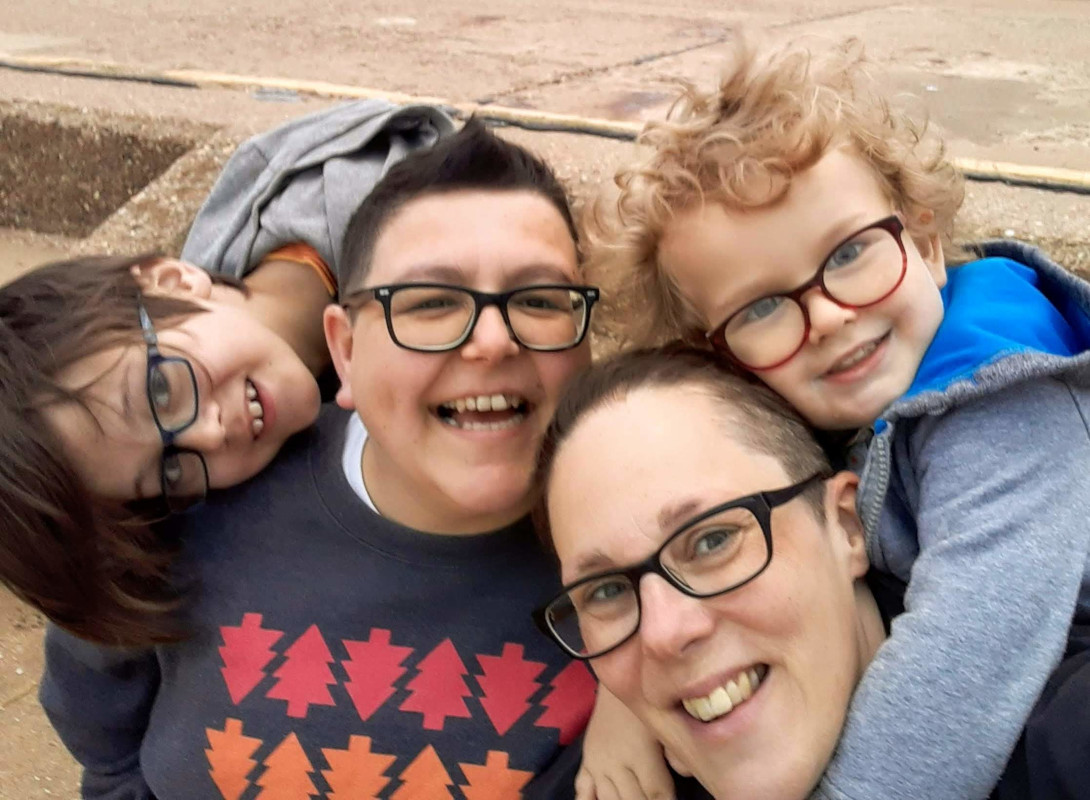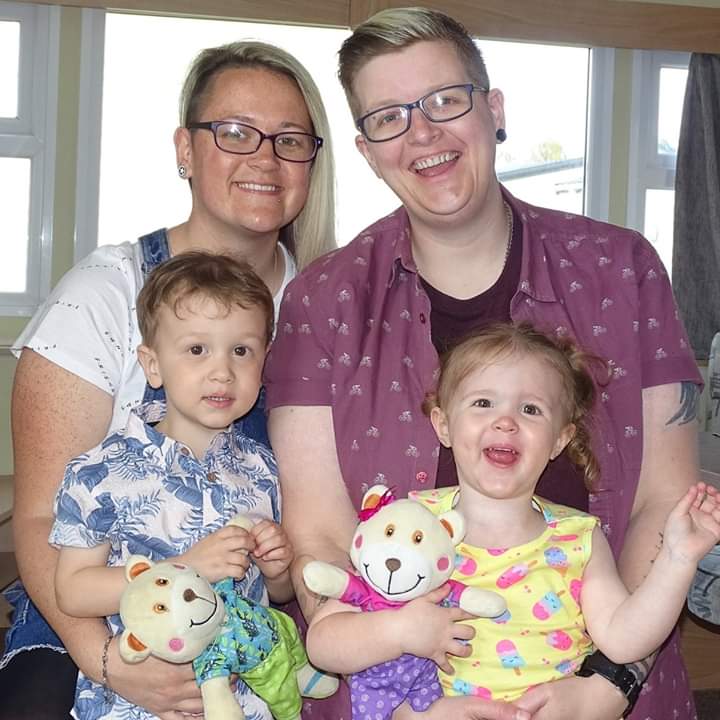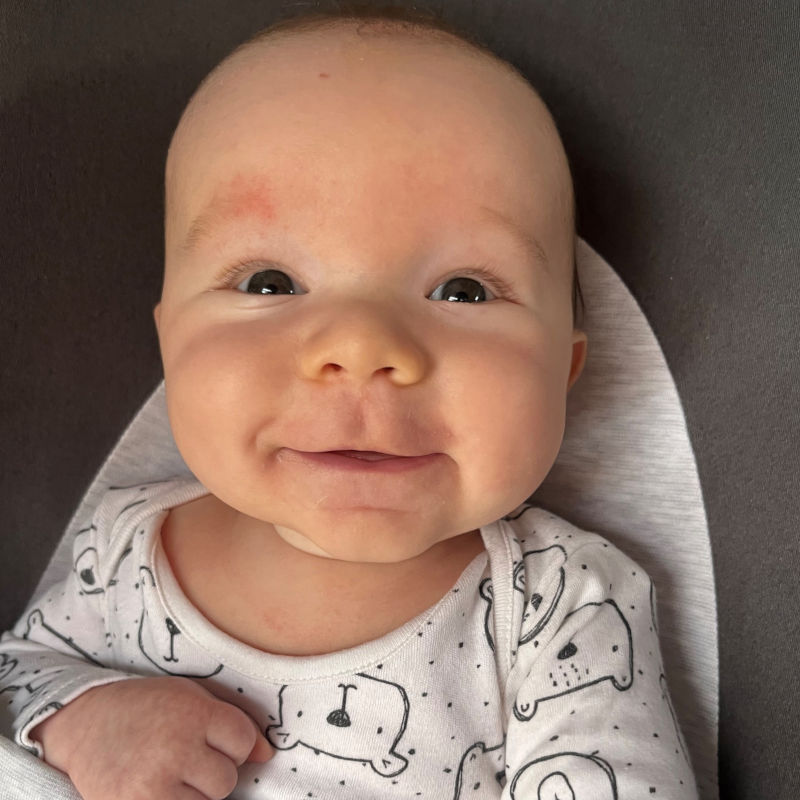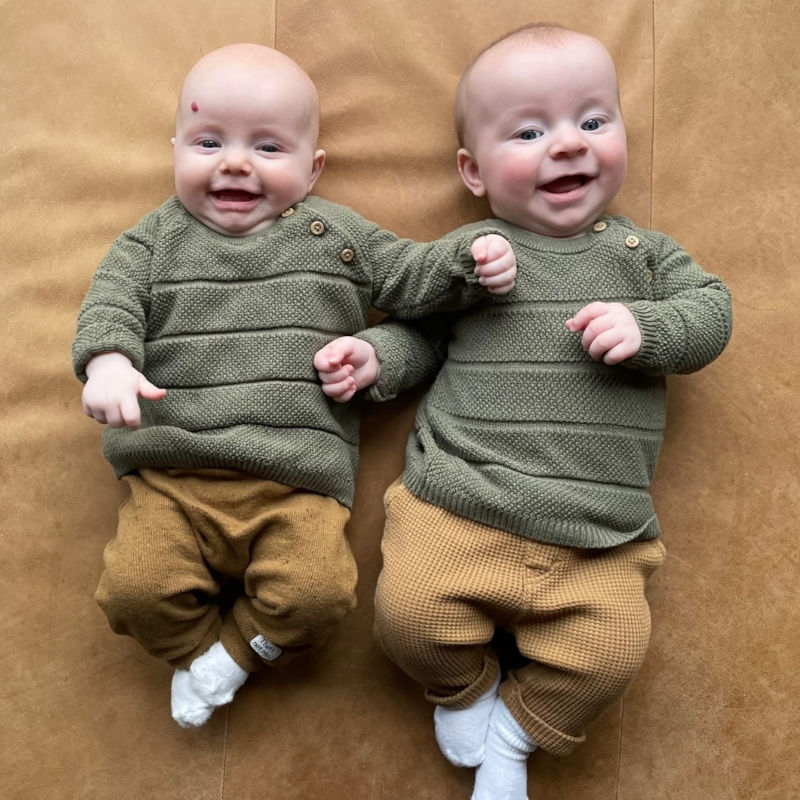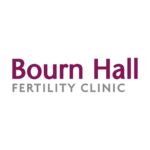Shared motherhood – when one partner provides the eggs and the other carries the pregnancy – is an option for same-sex couples, and for Rachel and Ange it enabled them to juggle their work-life choices and complete their family.
When the couple first got together having children was one of the first things they talked about. Rachel explains:
“I had always figured that if I wanted to have children it wasn’t going to be something which happened ‘just like that’. It wasn’t until I settled down with Ange that I really began to think about it.”
The couple, who live in Cambridgeshire, are now proud parents to Joe and Charlie, following treatment at Bourn Hall Clinic. Whilst Rachel carried both pregnancies, Joe was conceived using one of her eggs and Charlie with one of Ange’s eggs.
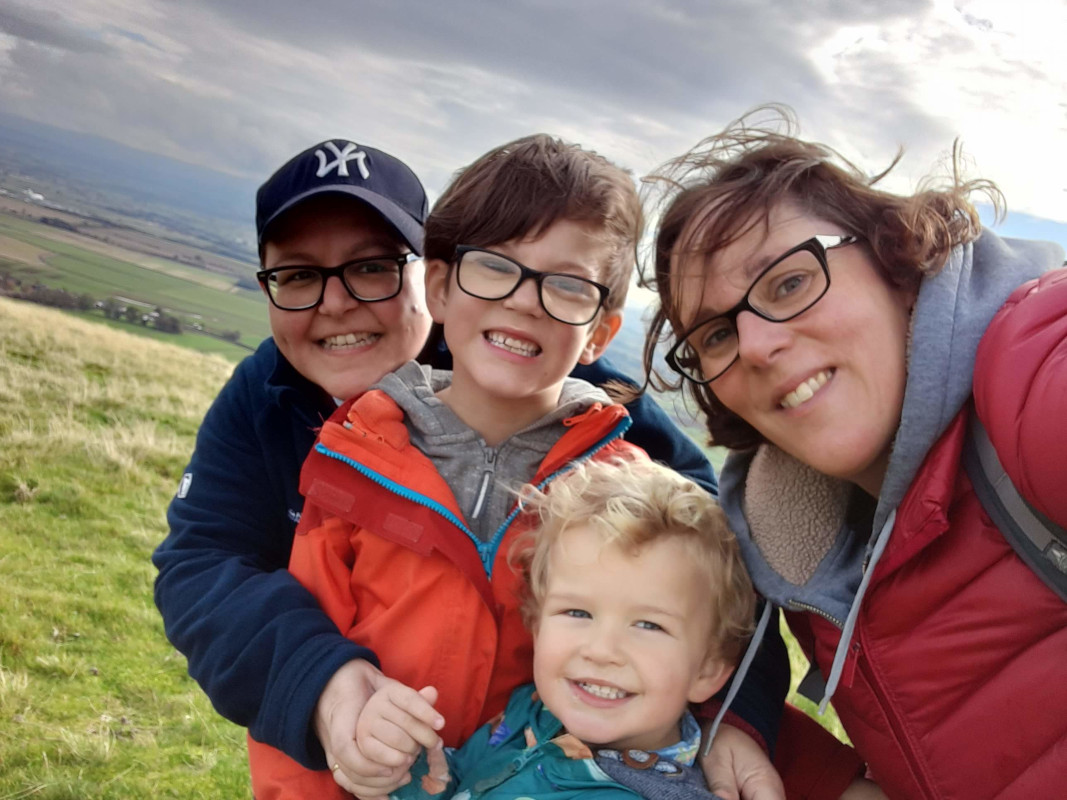
IUI or IVF? Options for same-sex couples
The first step was to see their GP. “We have a fantastic GP and when we went to see him to talk about starting a family, he looked into all the options for us,” says Rachel. “We had some basic blood tests done and it all came back fine. Bourn Hall is a short drive away so was the obvious choice for fertility treatment.”
The couple went for a consultation at Bourn Hall and were told about two treatments available to them: IUI (Intrauterine Insemination) and IVF (in vitro fertilisation), both using donor sperm from the clinic’s own sperm bank.
IUI involves the insertion of prepared sperm directly into the neck of the womb, timed carefully to coincide with ovulation (release of an egg), whilst IVF involves the collection of the eggs, which are then fertilized with sperm outside the body, and the resulting embryo is transferred into the womb.
“We had decided that we would use my eggs and that I was going to carry the baby,” says Rachel, “mainly because Ange is more career minded and I was happy to take time out of work to have a baby; also, I am older and so had less time on my side to be able to conceive.”
The couple decided to try IUI to start with for cost reasons and because it is less invasive.
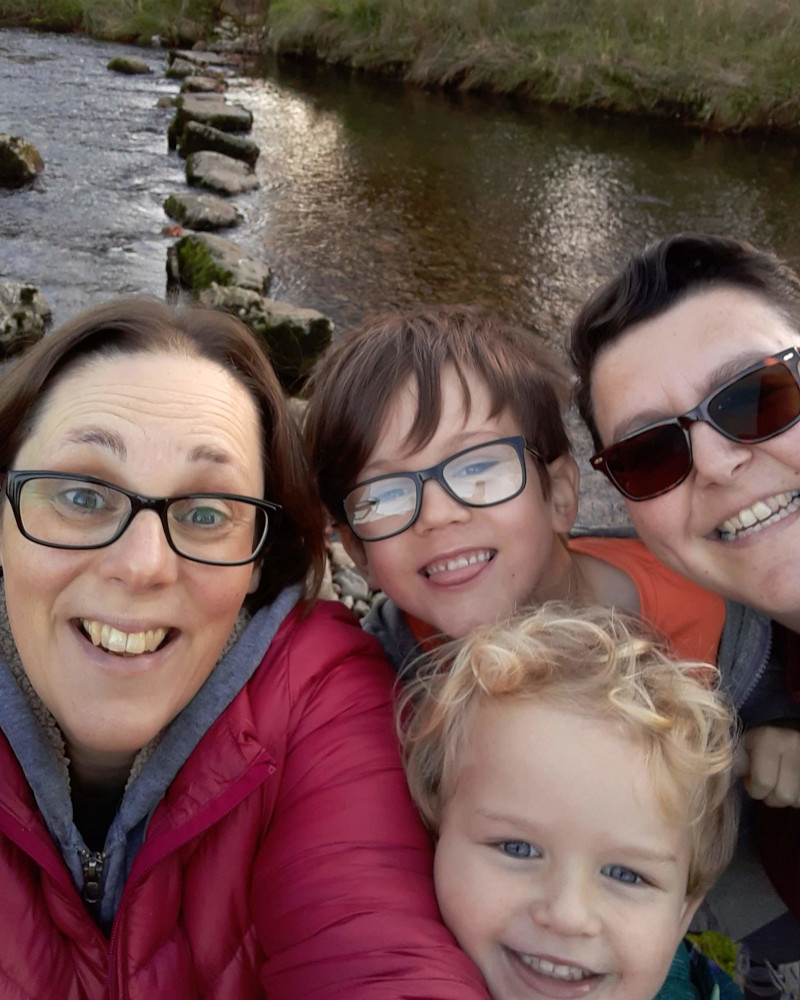
IUI for the first time
The first two rounds of IUI did not work and Rachel admits that it was a highly emotional time. “It was very nerve-wracking taking the pregnancy tests,” she says. “The first time it hadn’t worked I felt a wave of disappointment, but the second time hit me harder because I started to wonder if there was something wrong with me.
“A lot of my friends from university were having children and I did find myself feeling jealous. One of my friends got pregnant ‘by accident’. We used to joke that for some of our straight friends at least they could have fun while they were trying for a baby and it felt unfair that the only way for us to have a baby was by medical intervention.”
Happily, for the couple Rachel found out she was pregnant at the third attempt. “I had a sneaking suspicion I might be pregnant,” she laughs, “because my breasts became very sore. It was an amazing feeling when we had it confirmed, I couldn’t quite believe it.”
Shared motherhood involved them both
It wasn’t long after the birth of their son Joe that the couple started thinking about trying for a brother or sister for him using the same donor sperm.
For this second set of treatment the couple decided to switch treatment to Ange, who received two rounds of IUI. When neither treatment resulted in a pregnancy they opted for a different approach for their last attempt.
“We had reached a point where we were short on reserves of the donor sperm and we were also running out of money,” says Rachel. “We had enough sperm and enough money to hedge our bets so we decided to try IVF, still using Ange’s eggs but with me carrying the pregnancy. IVF is more invasive but has a higher success rate.”
This decision meant that both Rachel and Ange had to have hormone treatment at the same time, which Rachel admits was tough.
“Our cycles had to be ‘synched’ so that we were at the same point,” says Rachel. “Bourn Hall had to effectively put us both into a ‘mini-menopause’ so we were having hot flushes and feeling under the weather. I felt very tired and bloated. Ange felt more involved in the process this time around because it was her eggs which were harvested.”
The eggs collected from Ange were then mixed with the donor sperm in the embryology lab.
Family now complete
“There was one embryo which was way ahead in terms of quality and that one was transferred to my womb,” says Rachel. The couple were elated when Rachel fell pregnant and were able to tell Joe after the 20-week scan that a baby brother was on his way. “We were delighted that it was another boy,” says Rachel. “We wouldn’t have minded either way but having another boy made it perfect in a lot of ways – we only have two bedrooms so they can share a room for longer, and we already have all the clothes for the baby.”
Rachel says that their family is now complete, thanks to Bourn Hall.
“Bourn Hall has been absolutely fantastic,” she says. “The staff there are so skilled and we never felt out of place or ‘different’ because we were a same-sex couple. They treat everyone the same”.
